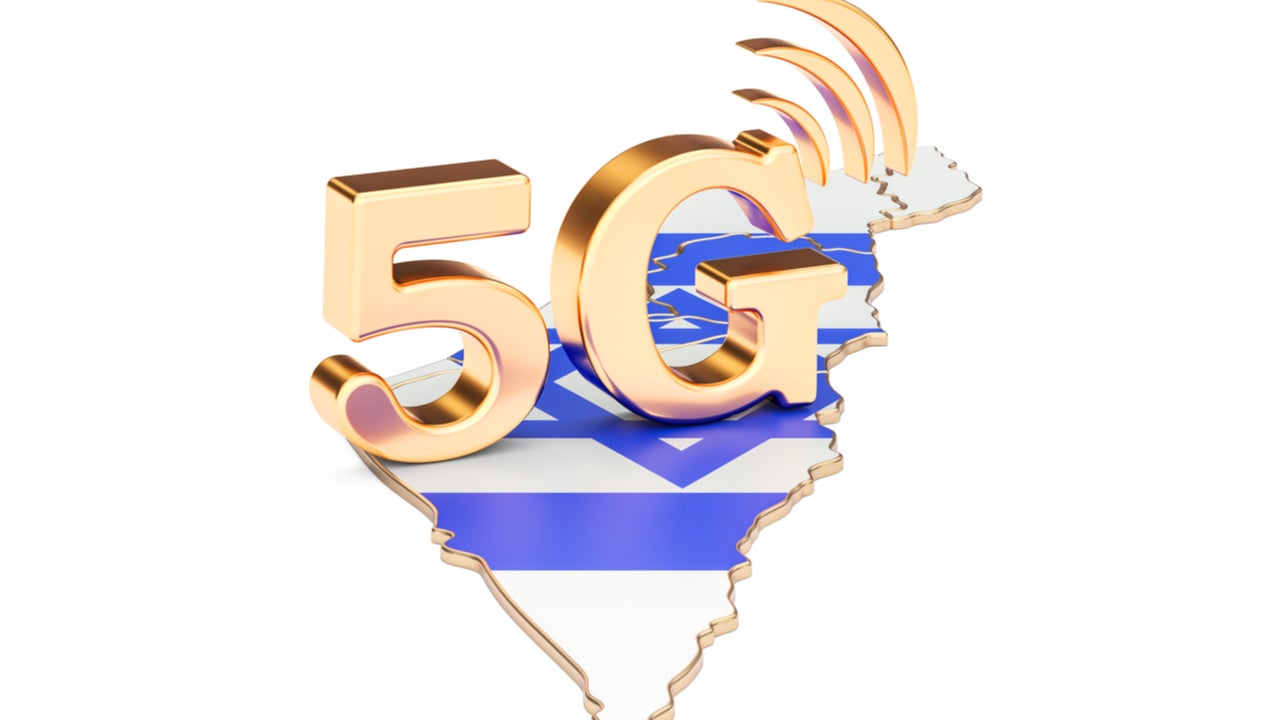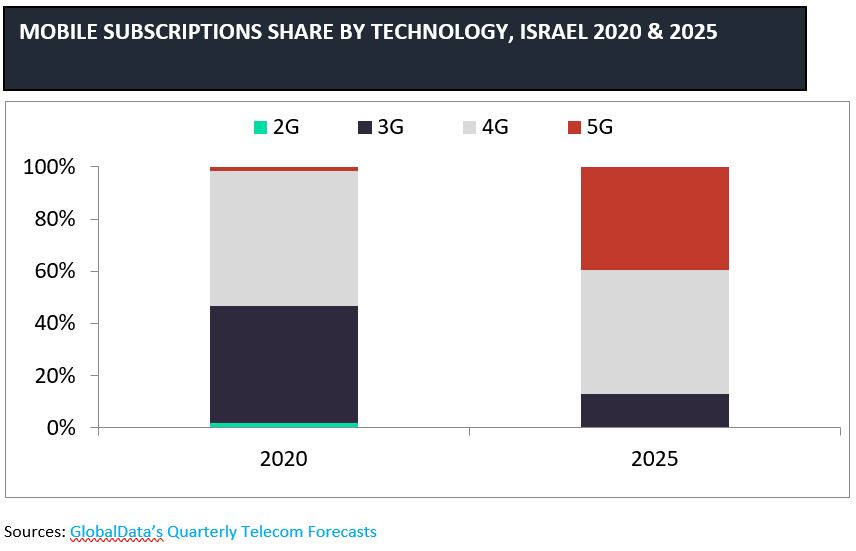
In line with its 5G strategy, Israel’s Ministry of Communications (MoC) is set to prepare for the sale of further 5G frequencies in 2021, with the latest set in the 24GHz+ band. This is following the completion of the auction for the spectrum in the 700MHz, 2,600MHz and 3.5GHz bands in August 2020. The move is in line with Israel’s broader technology-driven economic growth policy.
24GHz+ band – ultra high speed but smaller coverage
The 24GHz+ band is a high-band spectrum, referred to as mmWave. It offers ultra-high speeds and low latencies in comparison to low- and mid-band spectrum. However, mmWave spectrum has a smaller coverage area, so, when low-band frequencies are more adapted to rural areas that require wider areas of coverage, mmWave frequencies can, thus, be used in urban areas requiring high-speed 5G.
The 24GHz+ band can also be a good candidate for 5G private or campus enterprise network deployments, and in vertical use cases requiring a higher degree of high-speed connectivity in smaller areas. For instance, Radwin Israel launched a mmWave solution called Terrabrige, which connects train carriages, provides real-time status data, and allows the operator to control the systems of the train dynamically.

The move towards the mmWave spectrum is not new in Israel. Israeli operator, Pelephone, is using Siklu’s, technology company, mmWave Gigabit Wireless Access (GWA) technology to replace its lower capacity microwave backhaul links with higher capacity Gigabit mmWave equipment. The Israeli smart university, Bar-Llan, also chose Siklu’s 5G mmWave for their campus network to ensure multi-gigabit connectivity on their campus.
5G adoption in Israel is set to grow from 6.2% in 2021 to 51% in 2026 of total mobile subscriptions, in line with operators’ commitment to rollout 5G coverage to the majority of the population by 2025.
How well do you really know your competitors?
Access the most comprehensive Company Profiles on the market, powered by GlobalData. Save hours of research. Gain competitive edge.

Thank you!
Your download email will arrive shortly
Not ready to buy yet? Download a free sample
We are confident about the unique quality of our Company Profiles. However, we want you to make the most beneficial decision for your business, so we offer a free sample that you can download by submitting the below form
By GlobalData






